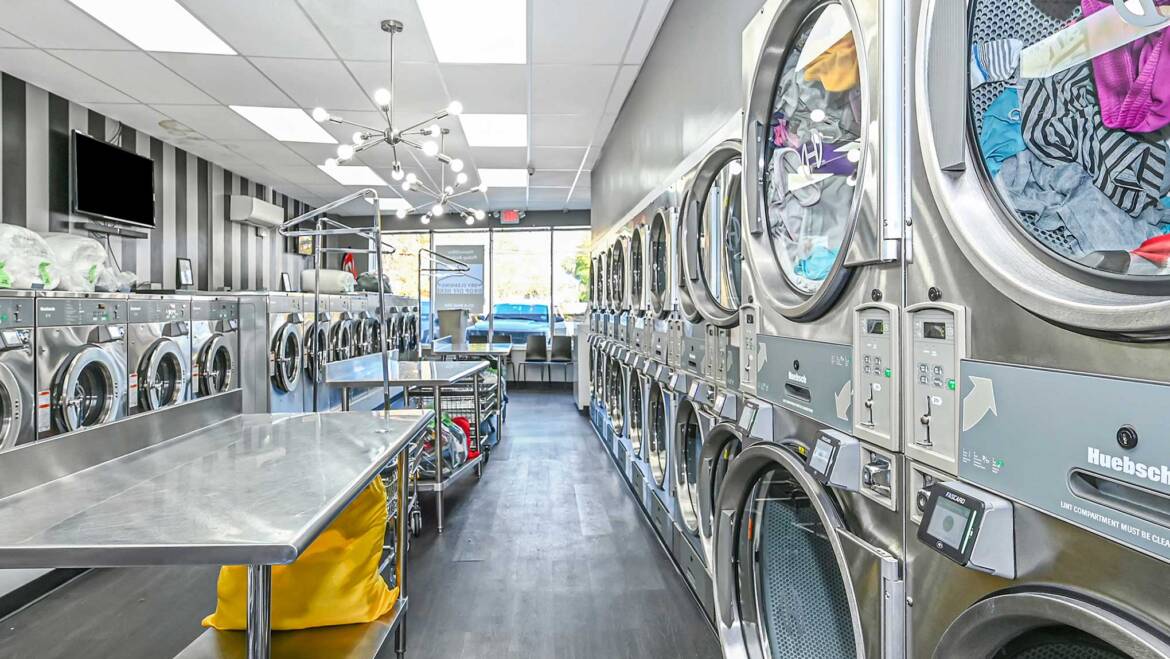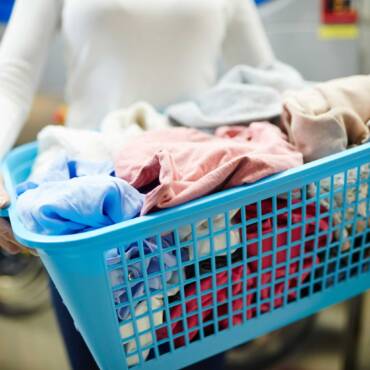Dry cleaning is a specialized cleaning process that effectively removes stains, dirt, and odors from delicate and dry-clean-only garments and fabrics. This guide provides insights into the world of dry cleaning services, highlighting its benefits and how to make the most of them.
1. What is Dry Cleaning?
- Chemical Cleaning: Dry cleaning uses solvents instead of water to clean fabrics, making it ideal for materials that cannot withstand traditional washing.
2. Types of Items Suitable for Dry Cleaning:
- Delicate Clothing: Silk, wool, cashmere, and other sensitive fabrics.
- Special Occasion Garments: Wedding dresses, tuxedos, and evening gowns.
- Outerwear: Coats, suits, and leather items.
- Household Items: Curtains, drapes, and linens.
- Stains and Odors: Dry cleaning effectively removes oil-based stains and odors.
3. Benefits of Dry Cleaning:
- Gentle Cleaning: Protects delicate fabrics from damage.
- Stain Removal: Effective at removing tough stains.
- Odor Elimination: Gets rid of odors like smoke or sweat.
- Crisp Finish: Items return freshly pressed and ready to wear.
- Extended Garment Life: Prevents color fading and fabric wear.
4. Choosing a Dry Cleaner:
- Reputation: Read reviews and ask for recommendations.
- Experience: Look for dry cleaners with a history of quality service.
- Services Offered: Check if they handle specialized items like wedding dresses.
- Convenience: Consider the location and hours of operation.
5. Drop-off and Pickup:
- Preparing Your Items: Remove items from pockets, and point out any stains.
- Receipt: Ensure you receive a receipt with a detailed list of items.
- Pickup Time: Note the pickup date and time.
6. Dry Cleaning Process:
- Inspection: Dry cleaners inspect items for stains and damage.
- Pre-Treatment: Stains are pre-treated before cleaning.
- Cleaning: Items are placed in a machine with a solvent.
- Finishing: Clothes are pressed and inspected.
7. Caring for Dry Cleaned Items:
- Storage: Hang items in a well-ventilated closet.
- Frequency: Avoid excessive dry cleaning; only clean when necessary.
- Repairs: Promptly mend any loose buttons or seams.
8. Cost of Dry Cleaning:
- Pricing: Costs vary based on the type of item and fabric.
- Discounts: Some dry cleaners offer discounts for bulk items or regular service.
9. Eco-Friendly Dry Cleaning:
- Green Alternatives: Look for dry cleaners using eco-friendly solvents.
- Reusable Bags: Opt for reusable garment bags to reduce waste.
10. Troubleshooting:
- Lost Items: Keep receipts and check your items when you pick them up.
- Damage: Report any damage to the dry cleaner promptly.




